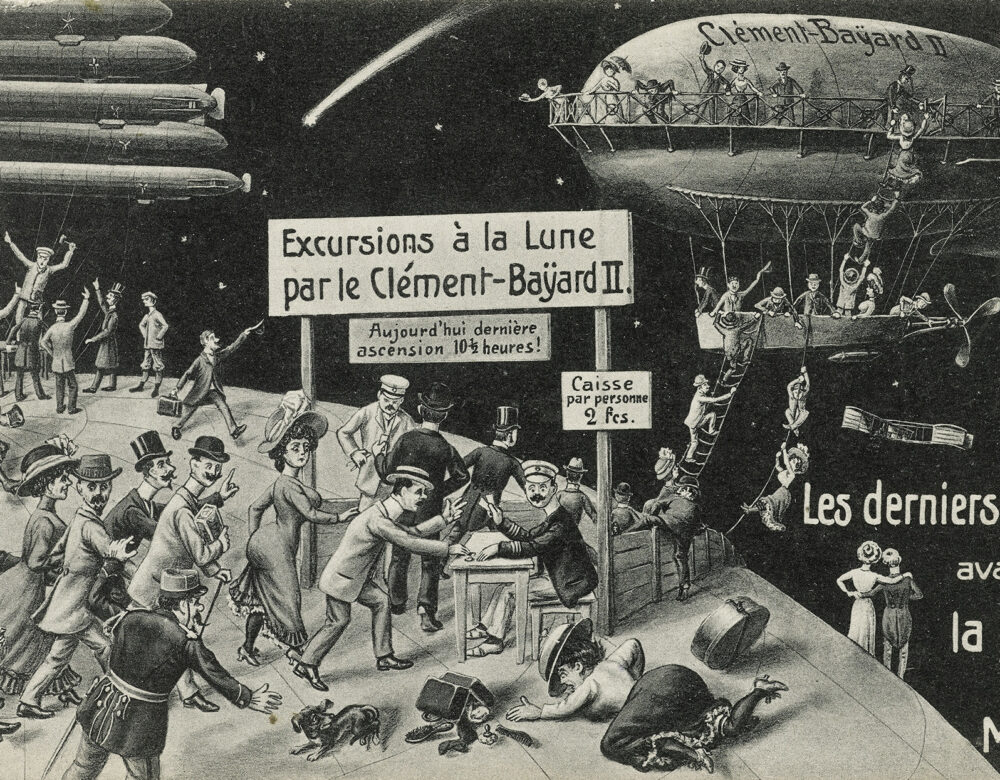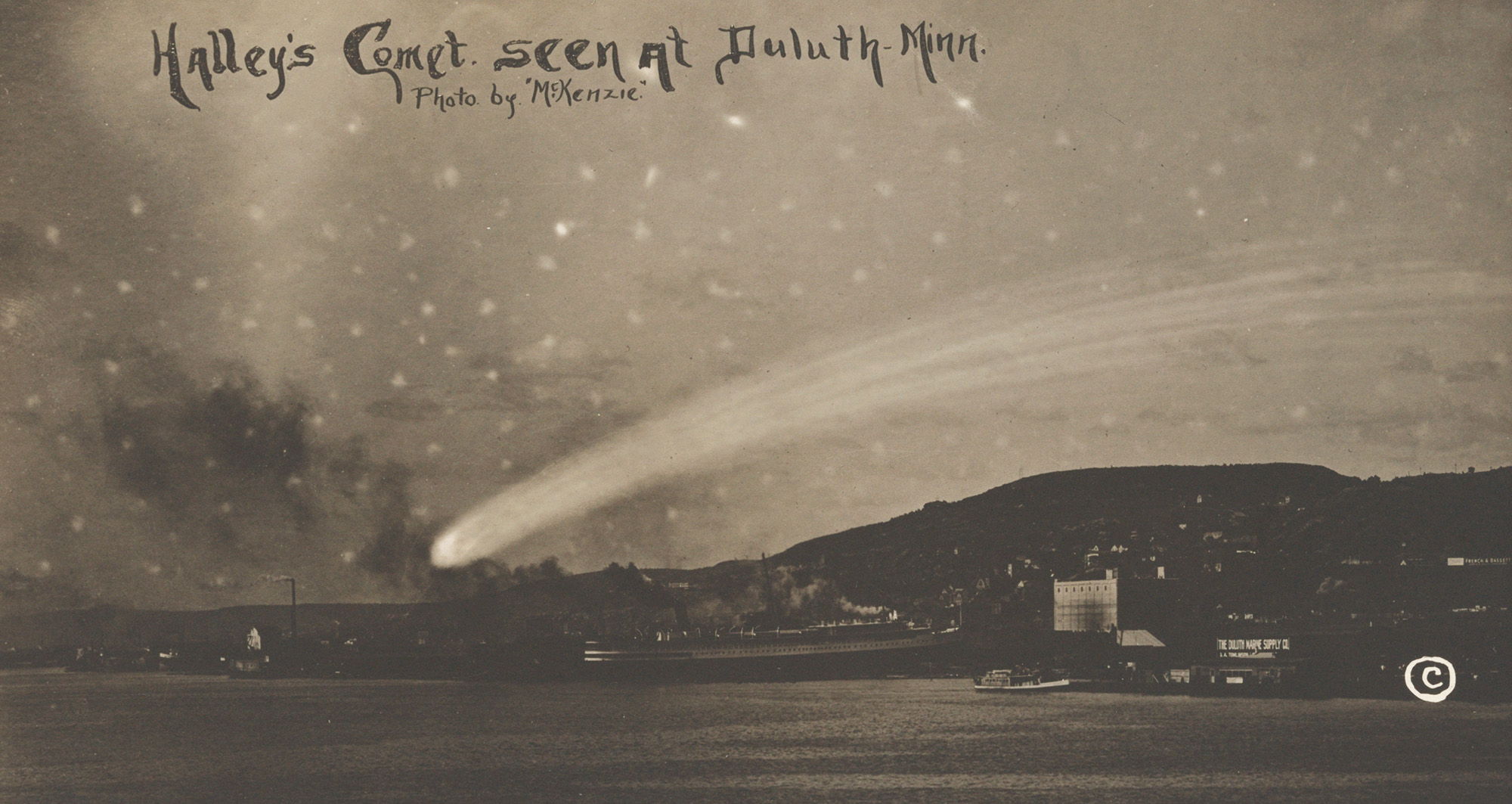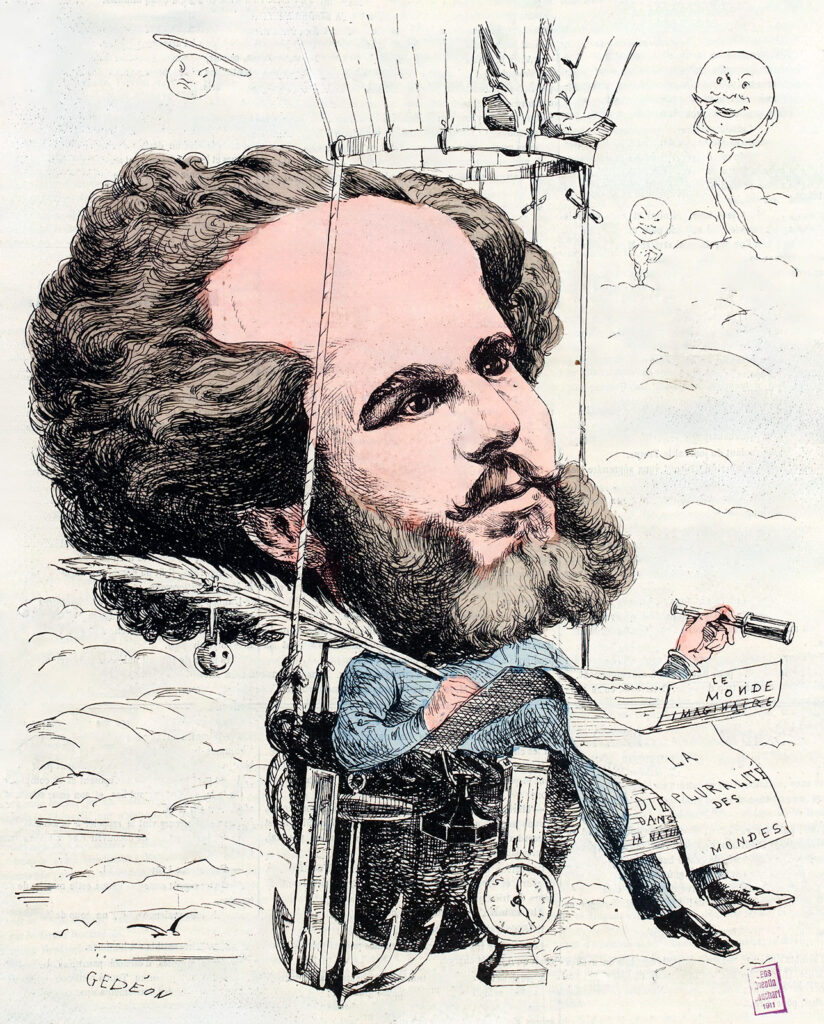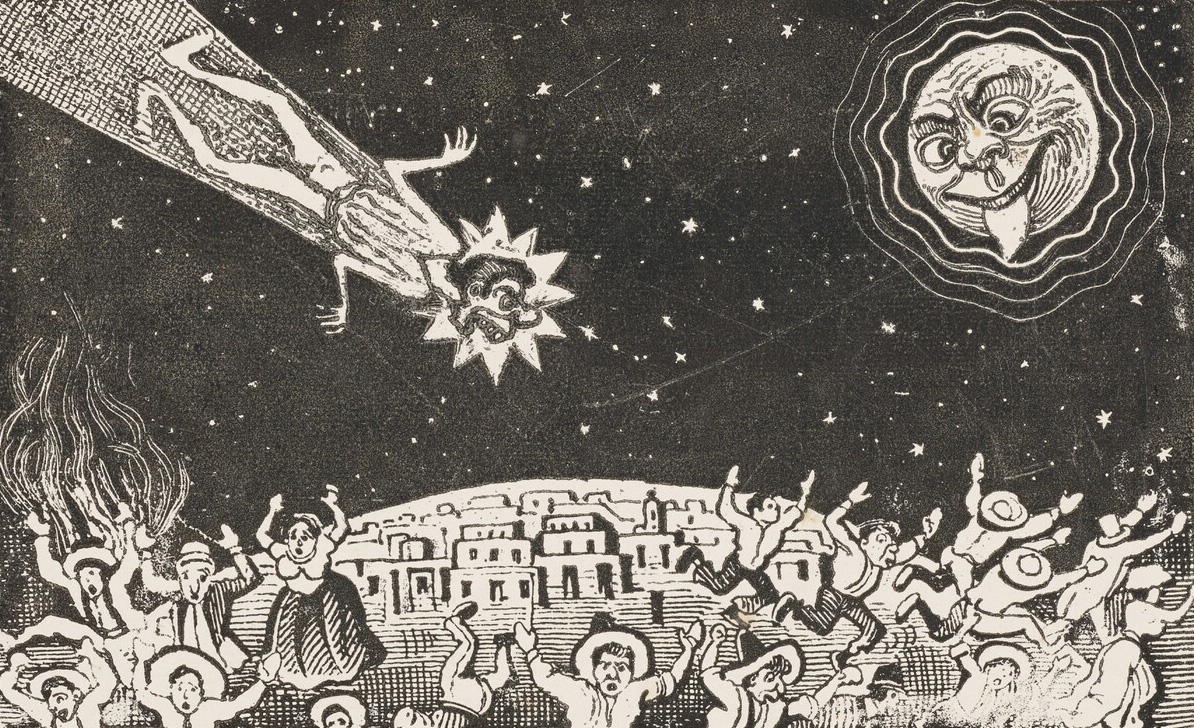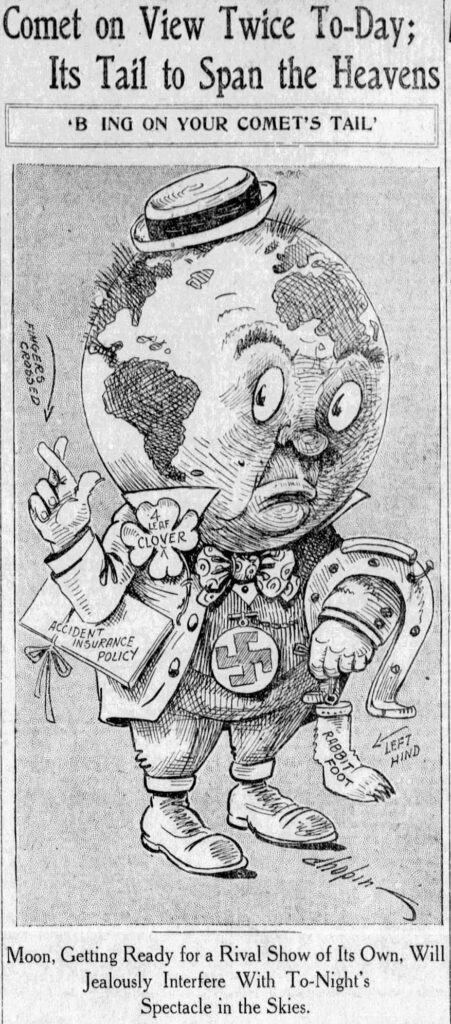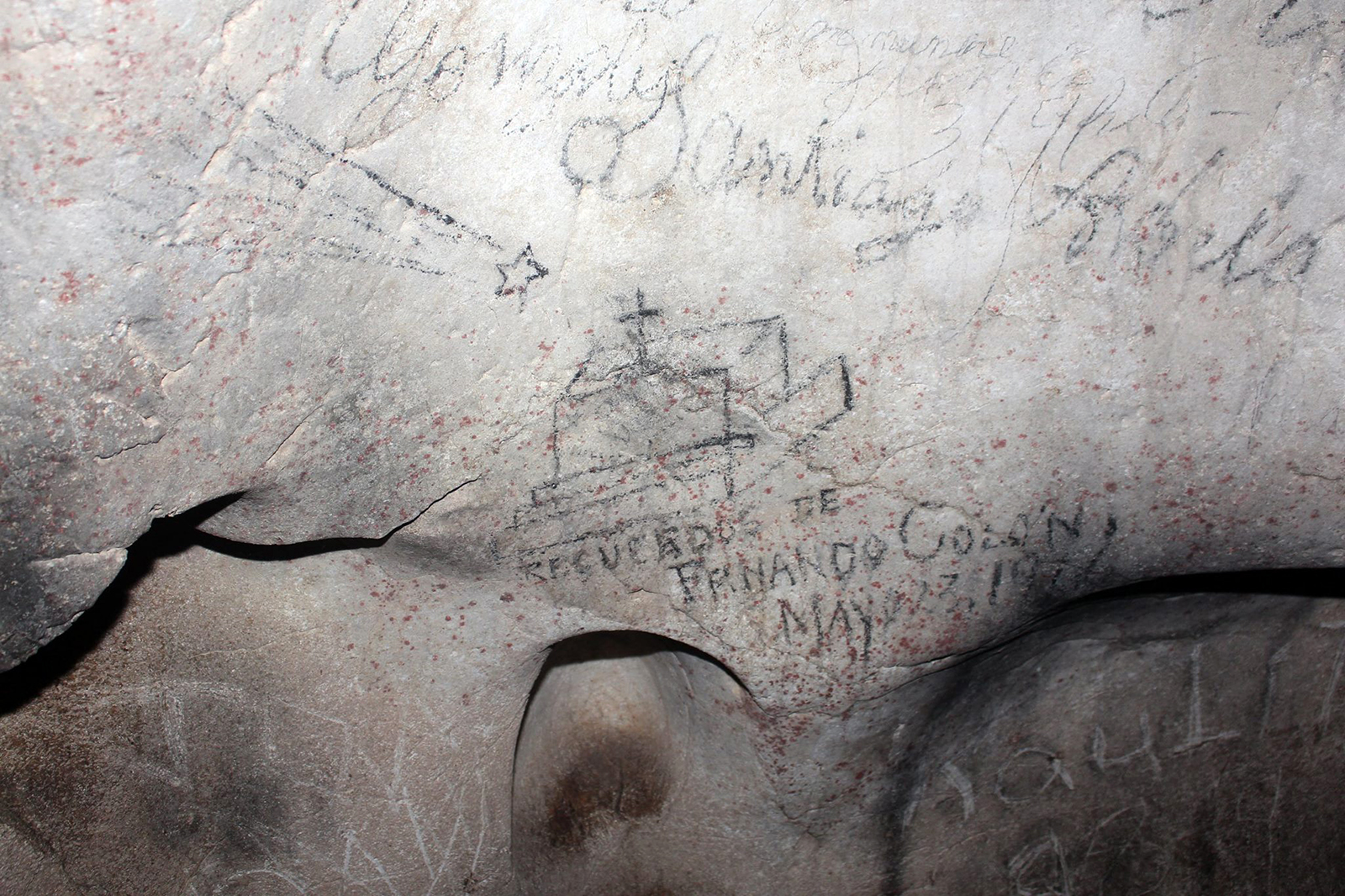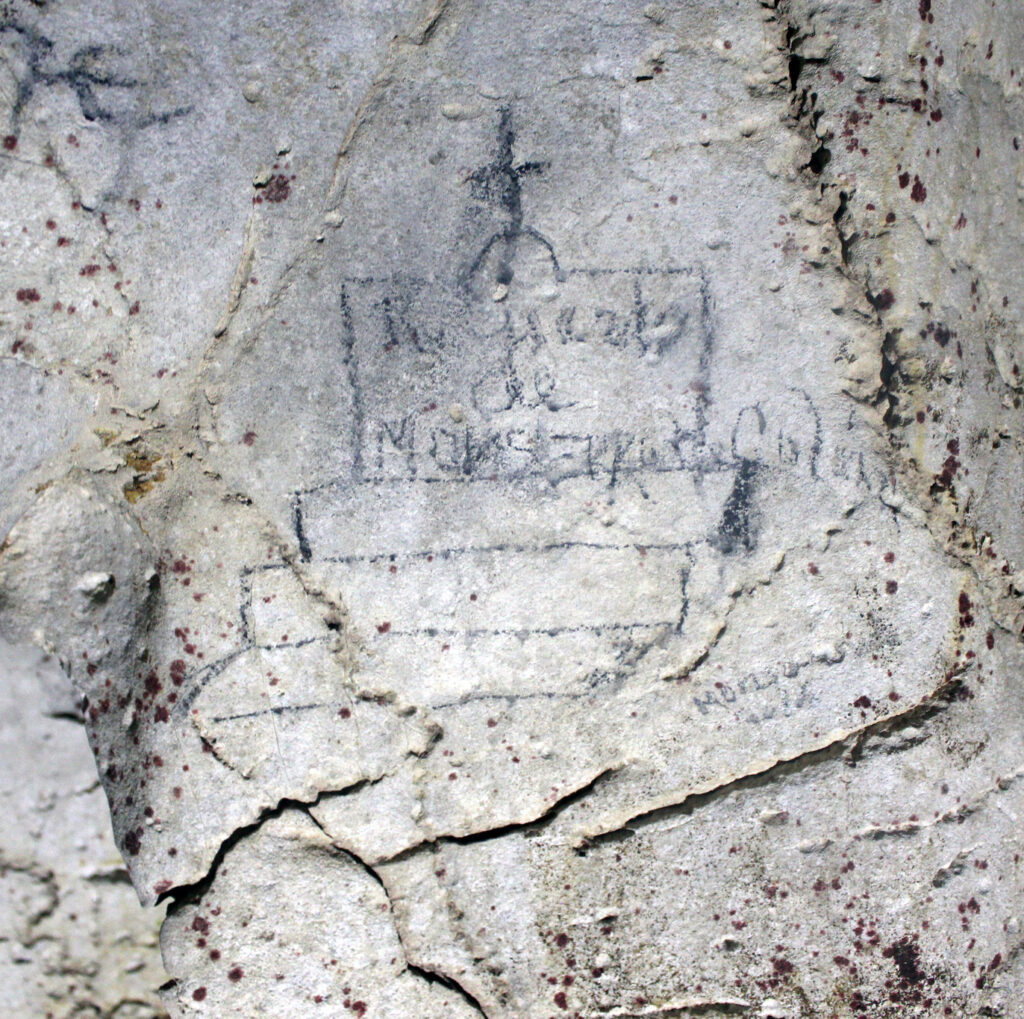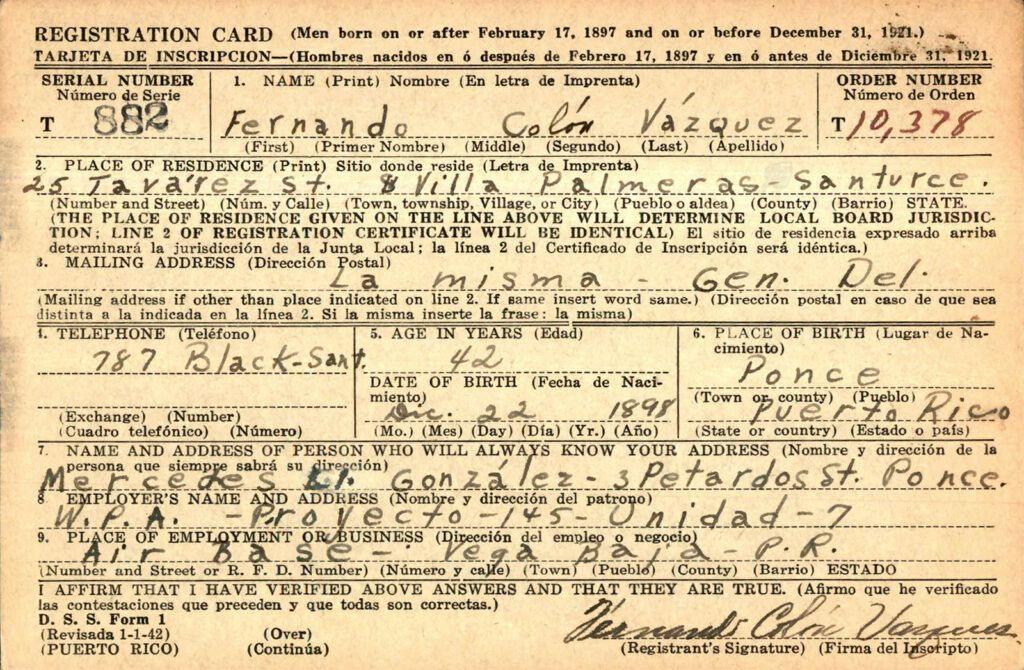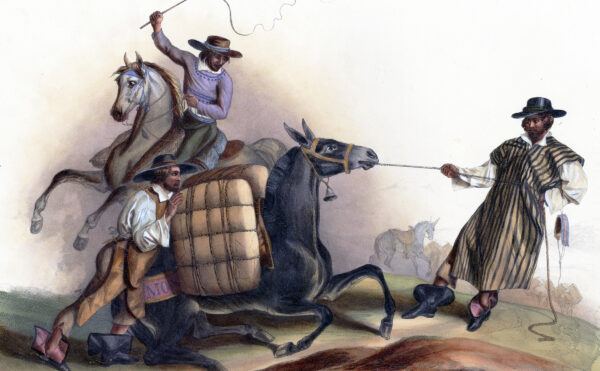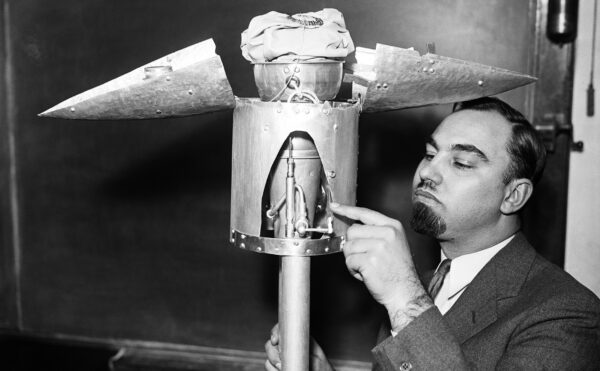In 1705, astronomer Edmond Halley made a bold prediction. After studying the descriptions of three bright comets from the past—each of which appeared roughly 76 years apart—he suggested that these three were in fact the same comet, returning on a periodic orbit. Halley further claimed that the comet would return in 1758. He died before he could see his prediction fulfilled, but history has of course vindicated him, and Halley’s Comet remains an icon of astronomy to this day.
Halley’s work had repercussions beyond astronomy, too. Comets had long been seen as portents of doom or heralds of great events. Halley’s discovery undermined that idea. Gods didn’t send comets hurtling through the sky as messages to humankind; comets came and went on their own, on a predictable, mindless schedule. There was nothing special about them.
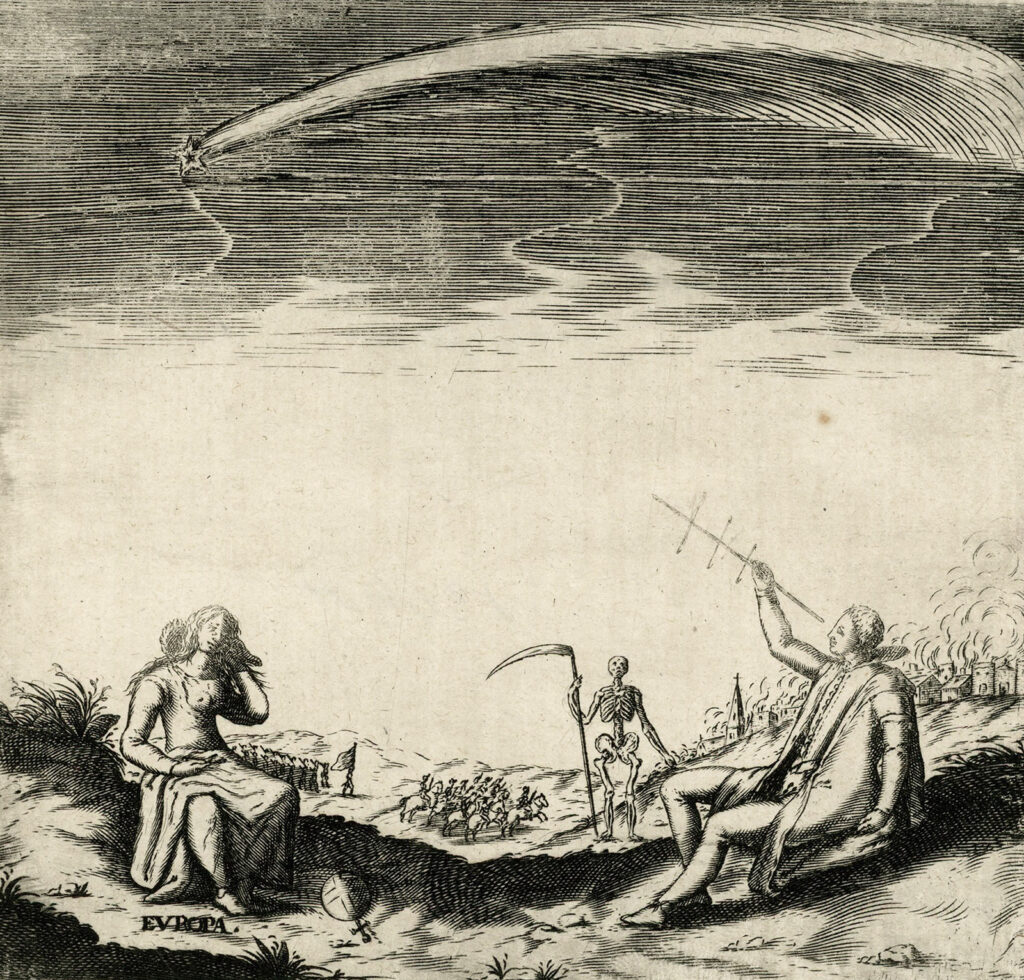
Later generations would demystify comets further. In the 1800s, an instrument called the spectrograph allowed astronomers to analyze the chemical components of comets through the light that their molecules emit. Better telescopes then allowed scientists to gather more of that light, and photography allowed them to preserve images for in-depth analysis. Through such work, astronomers established the fact that, despite their celestial origin, comets were mostly just rocks and dust, similar to stones and minerals on the ground. This helped banish fear and superstition from cometary science for good.
Or at least, it seemed to. Because when Halley’s Comet returned in 1910, a wave of primal terror returned with it, sparking panic across the world. And the irony is that, far from quelling people’s dread, it was science that actually caused the 1910 panic.
Only rarely do most people turn their eyes to the heavens and contemplate their place in the cosmos. The solar eclipses that swept across North America in 2017 and 2024 tapped into that sense of wonder, and at first, the prospect of Halley’s Comet returning excited the public in the same way. The 1910 event would be particularly special because Earth would be passing through the comet’s tail in mid-May—a sprinkling of celestial fairy dust.
As anticipation built, the Paris edition of the New York Herald commissioned a piece on the comet from astronomer Camille Flammarion, the Carl Sagan of his day. Flammarion counted Vincent van Gogh among his many fans, and some historians argue that the scientist’s pictures and descriptions of spiral nebulae and other celestial bodies influenced van Gogh’s brilliant starscapes, including the hypnotic swirls that dominate The Starry Night.

